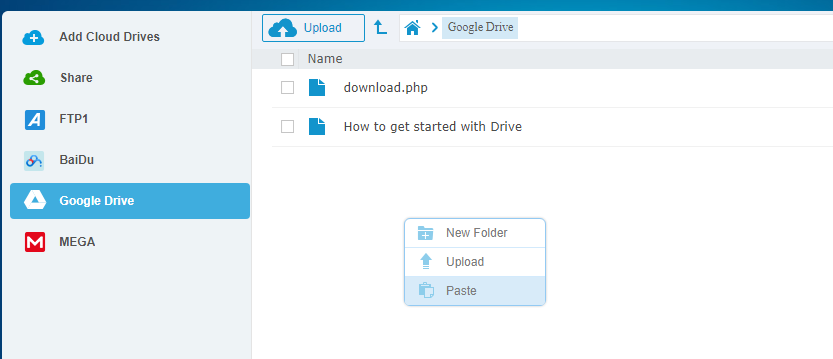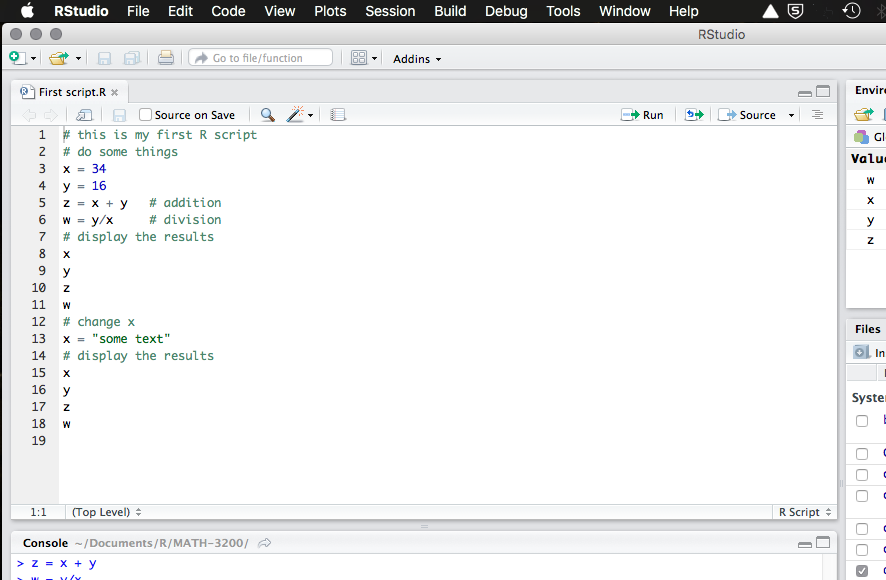

or other seasoned NPP user, can you confirm cursor position recorded for each tab (file) opened, and will be used when focus back on it? If you could trust that then you would start in tab 2 (recipient file) first, position cursor and then start the macro. I do see that Notepad++ seems to remember the location of the cursor in each tab, not sure if that will always happen. Then you would need to focus back on the tab 1 file again manually. Then you would position the cursor at the right location in tab 2 and press the Ctrl-V to insert from clipboard.

Likely you would have the macro perform the first few steps only (1-5). that’s a bit more difficult depending on how you do it.

Of course your example does show it being inserted into different locations which means the macro would need to select the appropriate line before pasting. I should add that my solution was to copy line 1 from tab 1 and insert into line 1 of tab 2. Dim r As Long, x As Long, pos As Integer Root folder Desktop bInfo. Know that notepad++ can do much more… is it possible to make this task a bit easier for me? I have some txt files, now i need to copy data from txt files and paste in new. PS note I used the copy as that’s what your post suggested, although the title of your post suggested cut, in which case after step 4, insert a “delete” said in Cut the first line of a file and paste it in another file.: You could add that to your shortcuts.xml (generally under %AppData% folder, and then under Notepad++) file however ONLY do this in a session by itself if using Notepad++, or do it with another editor when Notepad++ isn’t running. Optionally Ctrl-PageUp to move focus back to the “source file”.Ctrl-Home to position cursor in first position.Ctrl-PageDown to select next tab, in this case the “recipient file”.Ctrl-Home to get to first character position in file.So you would make sure you are in the “source file” before starting the recording.Please understand that some shortcuts may have been altered in your Notepad++ installation, in which case use those you have assigned for each of the tasks. Copy & Paste Data from Clipboard into R (Example) Read from Excel.Shift-Down Arrow - highlights current line including line feed/carriage return datapasta: copy-and-paste tables into R.Then you can run the macro and it will repeat those steps without fail everytime. file: a character specifying the name of the. A simplified format is as follow: write.table (x, file, append FALSE, sep ' ', dec '.', row.names TRUE, col.names TRUE) x: a matrix or a data frame to be written. In this tutorial, I’ll show you four examples for the application of paste and paste0 in the R programming language. record a macro that emulates the keystrokes you are using and save it. The R base function write.table () can be used to export a data frame or a matrix to a file. Basic R Syntax: paste ('char1', 'char2', sep ' ') paste0 ('char1', 'char2') Definition: The paste & paste0 functions combine several inputs into a character string. Is it possible to make this task a bit easier for me? Said in Cut the first line of a file and paste it in another file.:


 0 kommentar(er)
0 kommentar(er)
